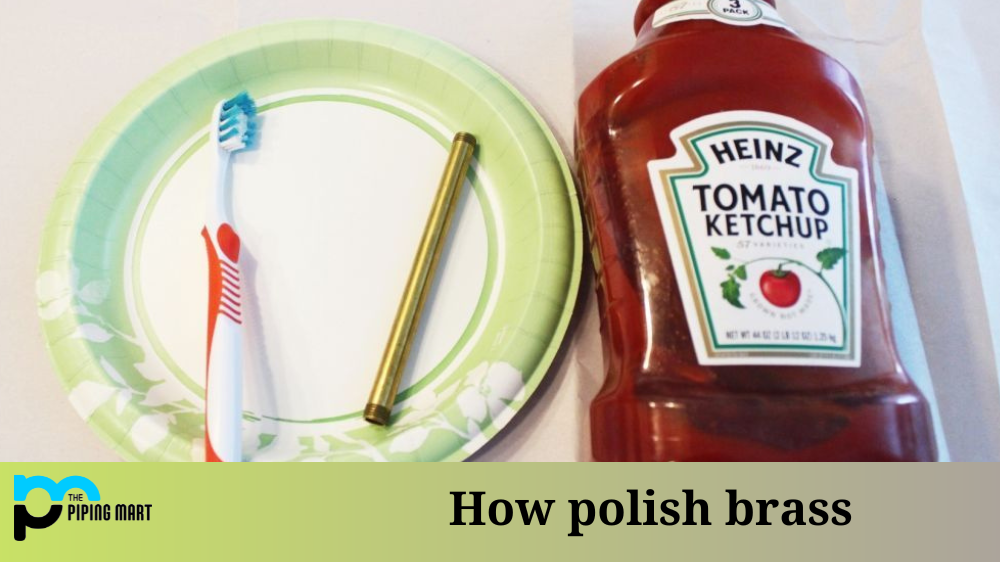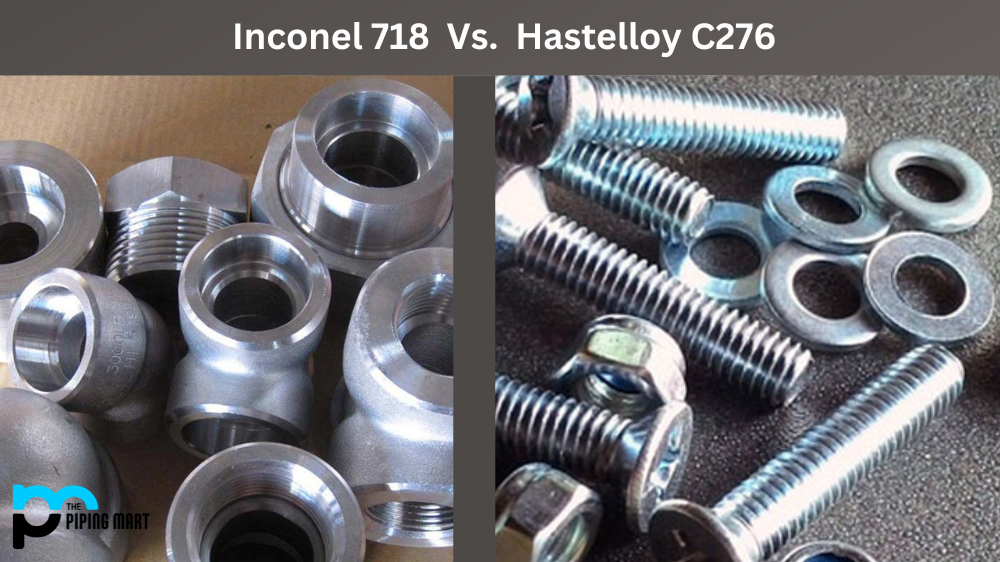If you’re in the market for a corrosion-resistant alloy, your two primary choices are monel and Hastelloy. Both of these alloys are known for their strength and durability, but when it comes to pricing, there’s a significant difference between them. In this blog post, we’ll discuss why monel and Hastelloy prices differ so much and which one is more cost-effective.
Monel
Monel is an alloy made up primarily of copper and nickel, with trace amounts of iron, manganese, carbon, and silicon. It is widely used in marine engineering applications due to its excellent resistance to saltwater corrosion. One of the reasons why monel is relatively inexpensive compared to other alloys is that it’s easy to obtain. It has been commercially available since the early 1900s, meaning that there is a large supply of it on the market. Additionally, monel can be recycled or reused easily due to its high melting point (1,640°F).
Hastelloy
Hastelloy is another popular corrosion-resistant alloy made up primarily of nickel and chromium. It has higher levels of molybdenum than monel does, making it even more resistant to corrosion than monel in some cases. Hastelloy also offers good resistance to oxidation at high temperatures (up to 1800°F). The downside is that Hastelloy is much rarer than monel; it was only developed in the late 1950s by Haynes International Inc., so there isn’t as much supply on the market. This rarity means that Hastelloy typically costs significantly more than monel does—upwards of 40% more depending on availability and quality.
- Monel is more expensive than Hastelloy.
- Monel is more resistant to corrosion than Hastelloy.
- Monel is more resistant to high temperatures than Hastelloy.
- Monel is more resistant to chemical attacks than Hastelloy.
- Monel is more difficult to weld than Hastelloy.
Conclusion:
When comparing monel vs. Hastelloy price points, it’s clear that monel offers better value for your money as it’s significantly less expensive than Hastelloy while still offering excellent corrosion resistance. However, if your project requires higher levels of temperature or chemical resistance (such as in acid environments), then Hastelloy might be worth considering despite its higher cost due to its superior performance in extreme conditions. Ultimately though, the decision will depend on your specific needs and budget constraints. Intended Audience: Engineers who specialize in metalworking projects and are looking for cost-effective solutions for corrosion-resistant alloys.
Sakshee is a talented blogger, with a particular focus on the Business and Metal Industry. She is passionate about sharing her insights on various metal products and helping professionals to make a better decisions.




